Connecting...
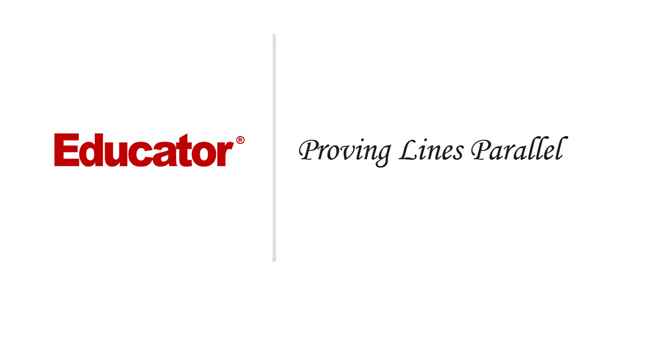
This is a quick preview of the lesson. For full access, please Log In or Sign up.
For more information, please see full course syllabus of Geometry
For more information, please see full course syllabus of Geometry
Geometry Proving Lines Parallel
Lecture Description
In this lesson we are going to take the theorems that we learned from the past few lessons, and we are going to use them to prove that two lines are parallel. We learned, from the corresponding angles postulate, that if the lines are parallel, then the corresponding angles are congruent. If the lines are the parallel lines that are cut by a transversal, then the corresponding angles are congruent. We'll use these and some others in our proofs. An important postulate regarding parallel lines is the parallel postulate, which you’ll learn more about in this lesson. You’ll also learn some new theorems that you can use to prove lines parallel.
Bookmark & Share
Embed
Share this knowledge with your friends!
Copy & Paste this embed code into your website’s HTML
Please ensure that your website editor is in text mode when you paste the code.(In Wordpress, the mode button is on the top right corner.)
×
- - Allow users to view the embedded video in full-size.
Next Lecture
Previous Lecture










































 Answer Engine
Answer Engine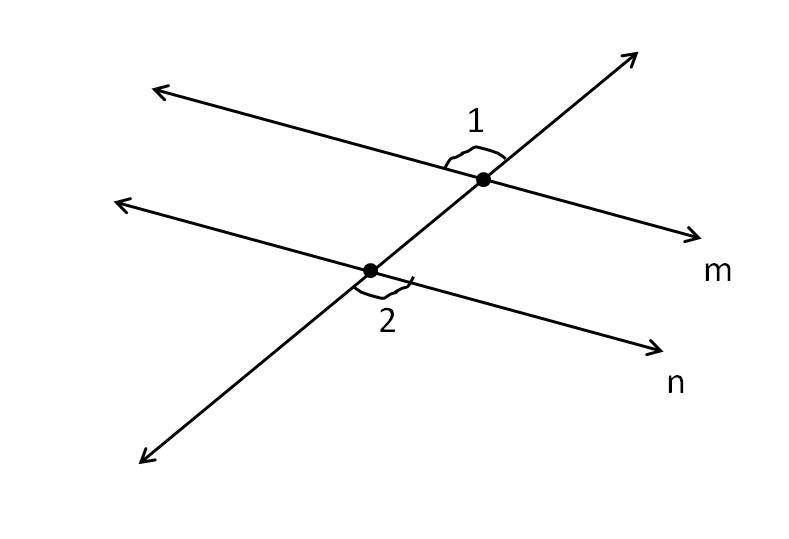
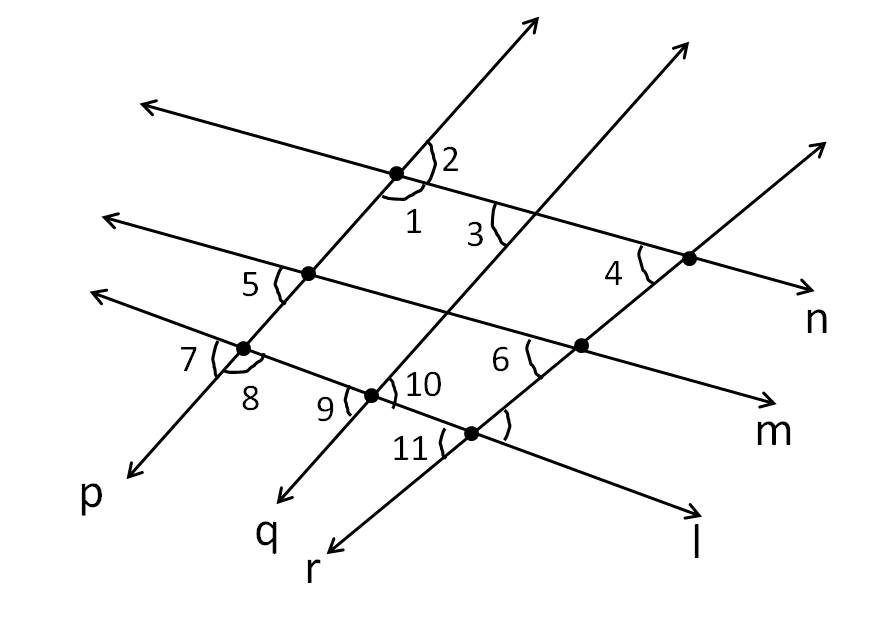
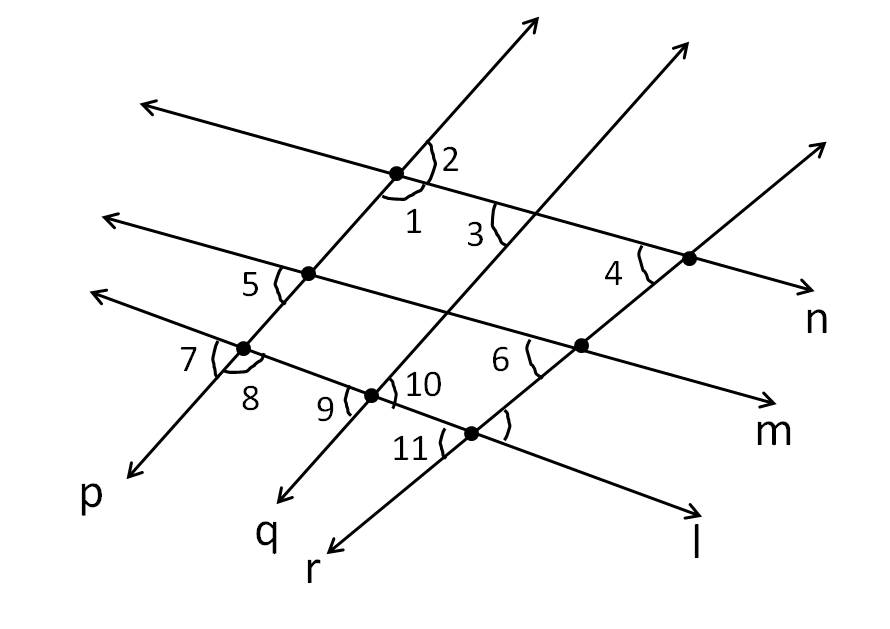
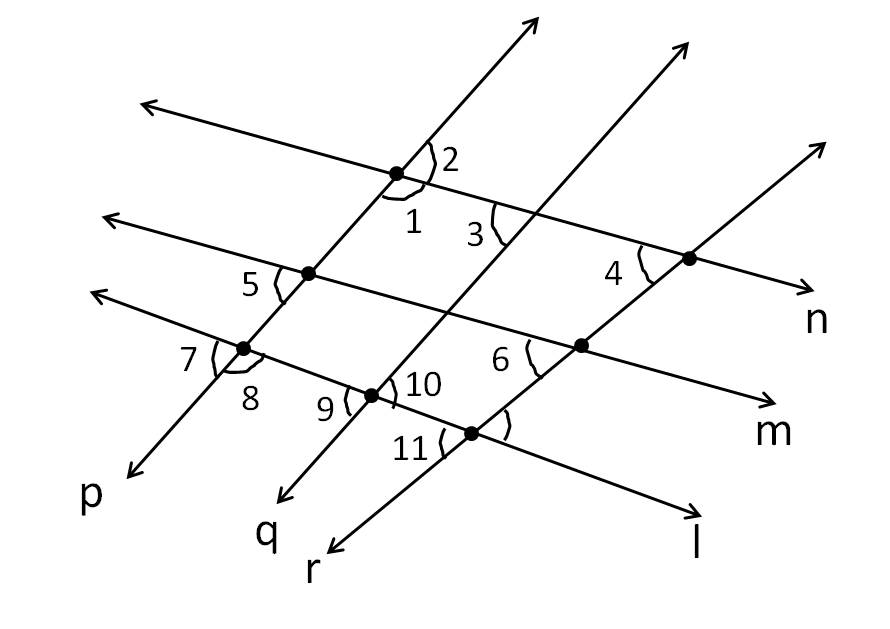
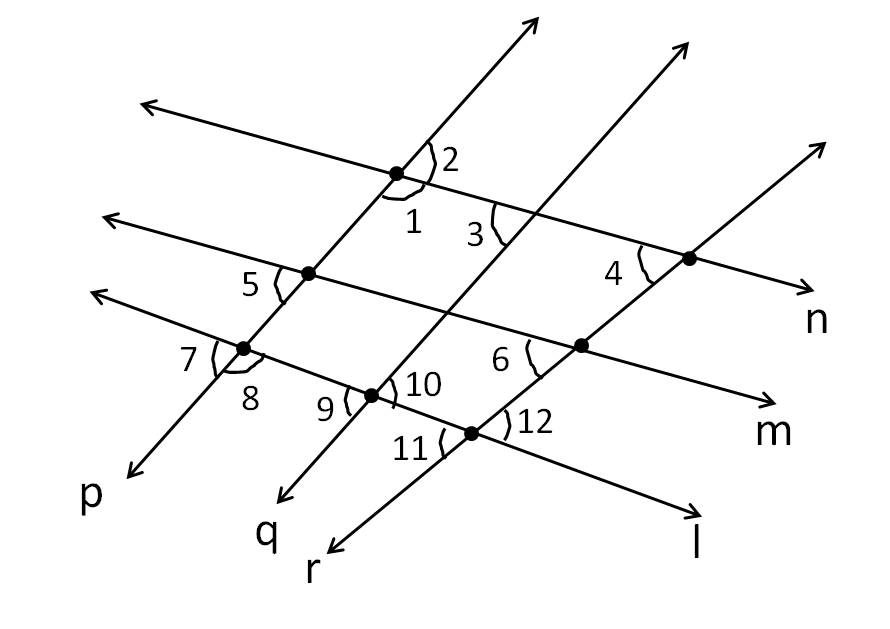
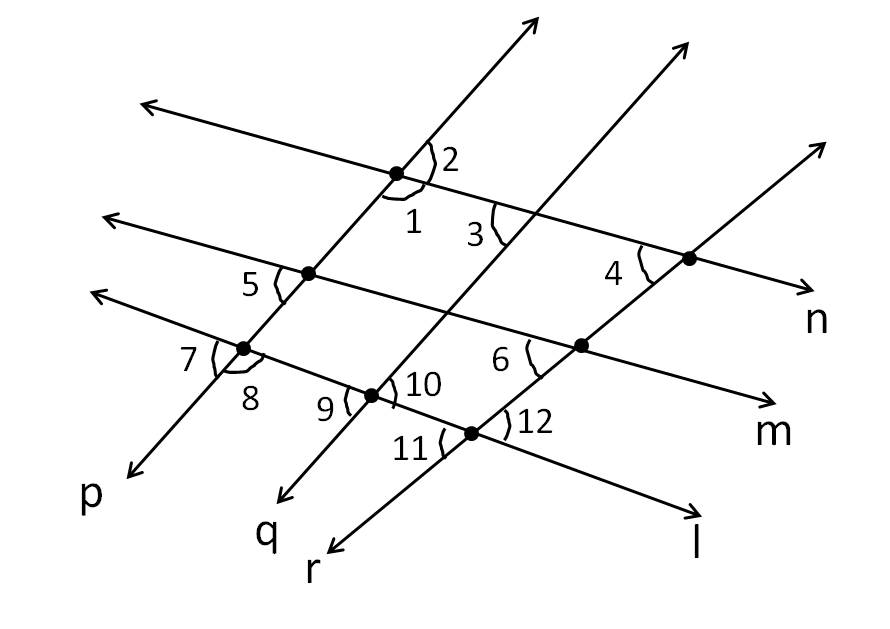
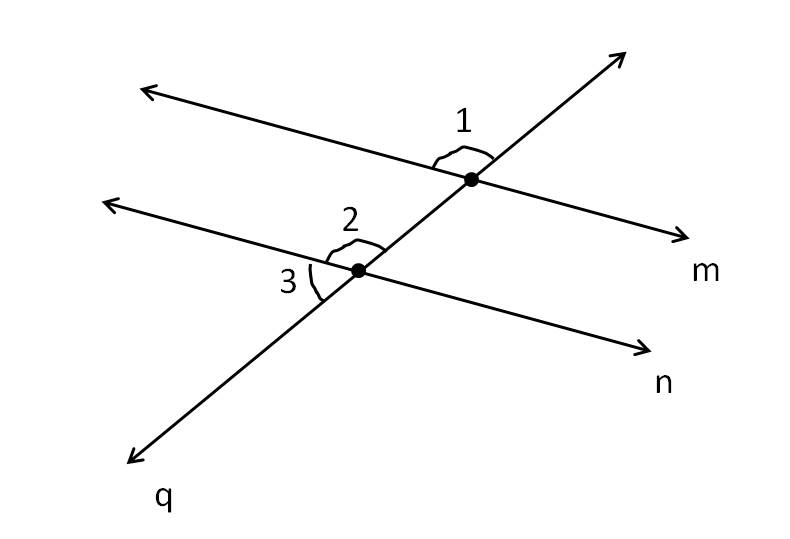
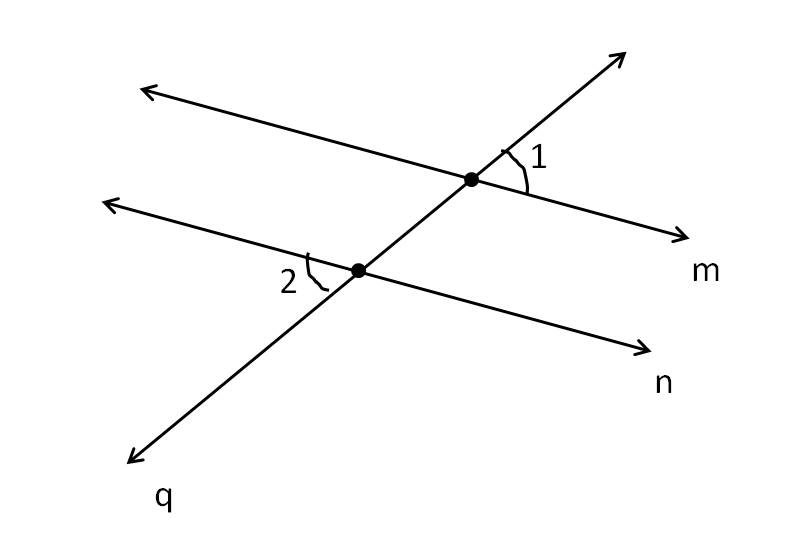
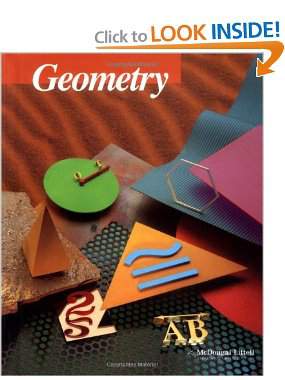




Start Learning Now
Our free lessons will get you started (Adobe Flash® required).
Sign up for Educator.comGet immediate access to our entire library.
Membership Overview